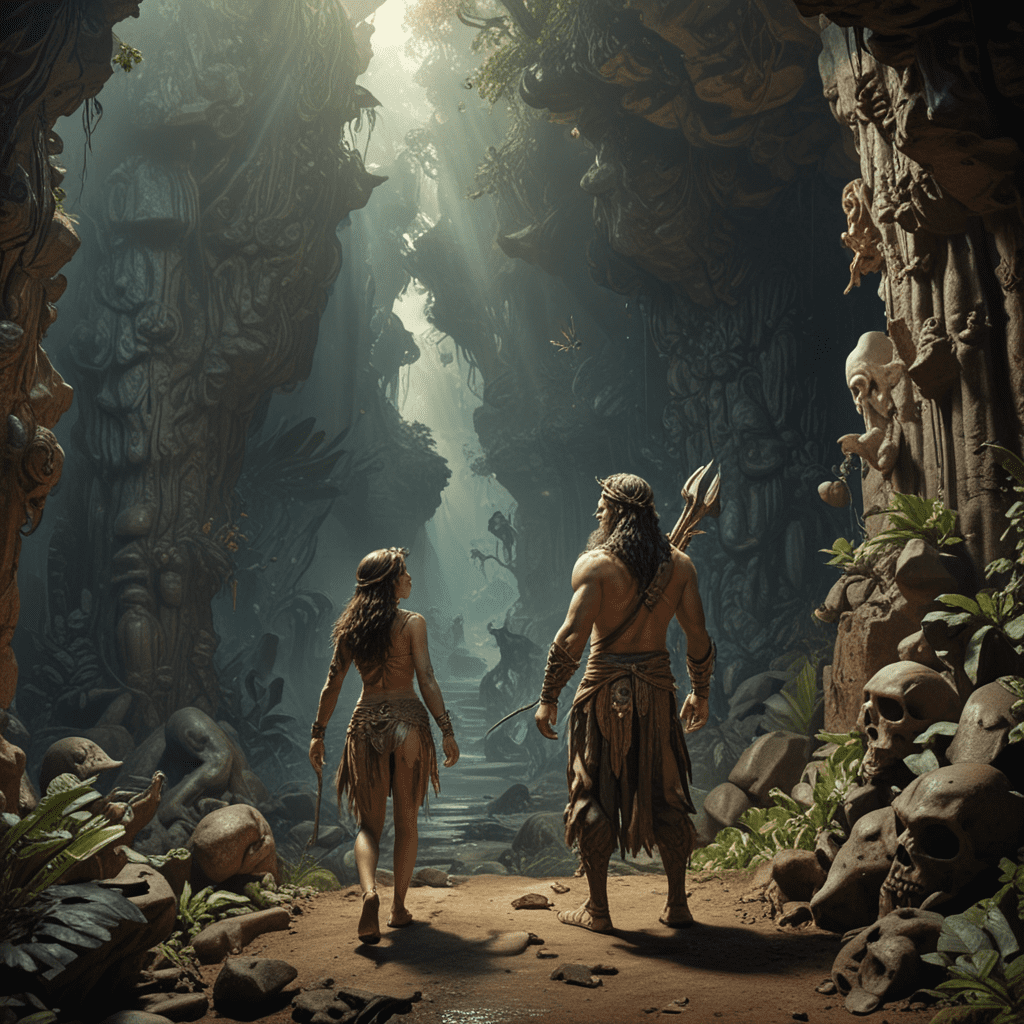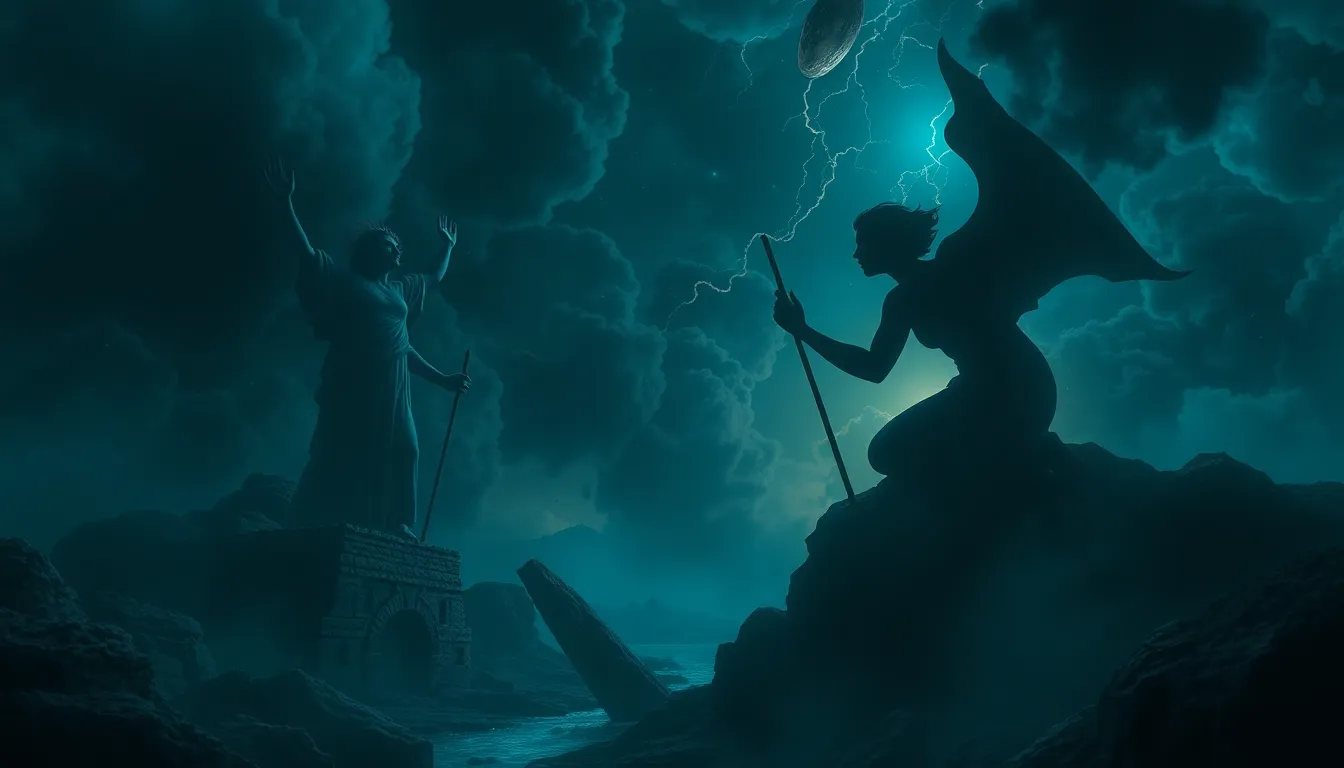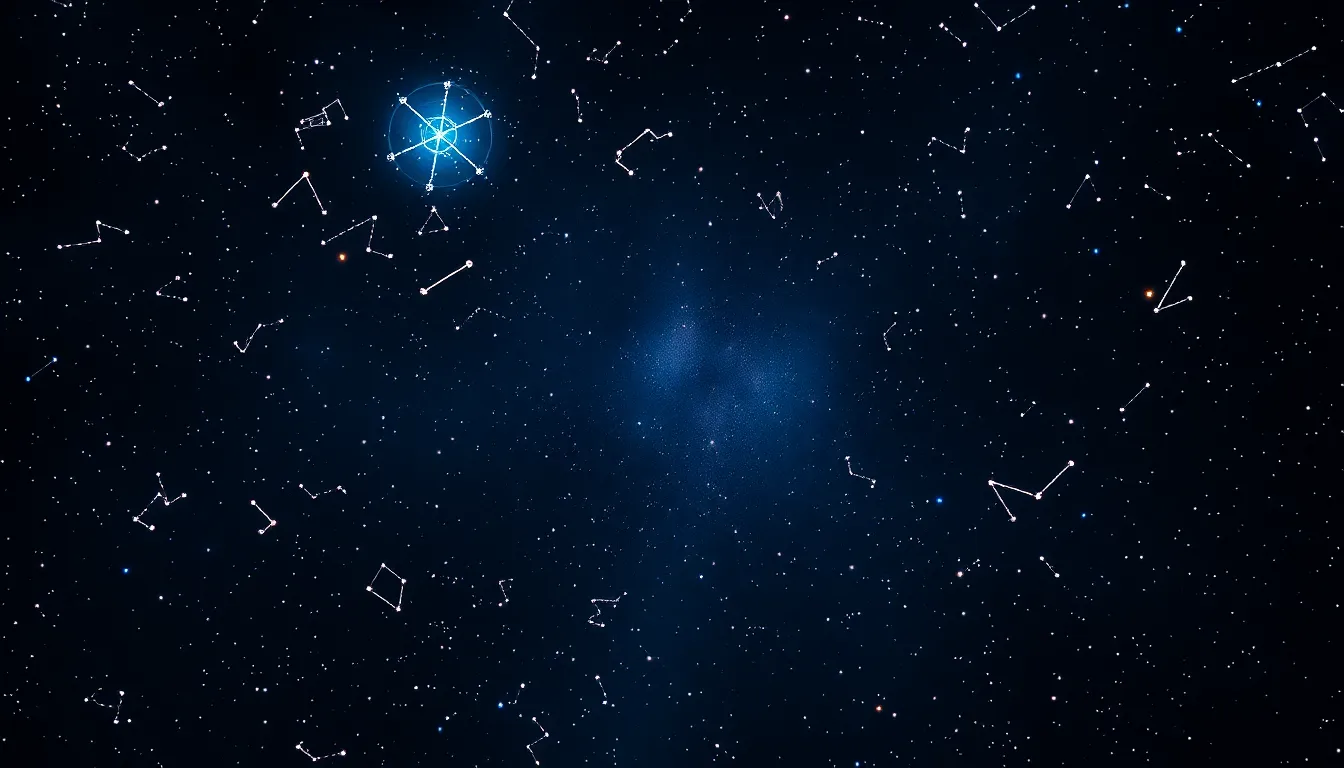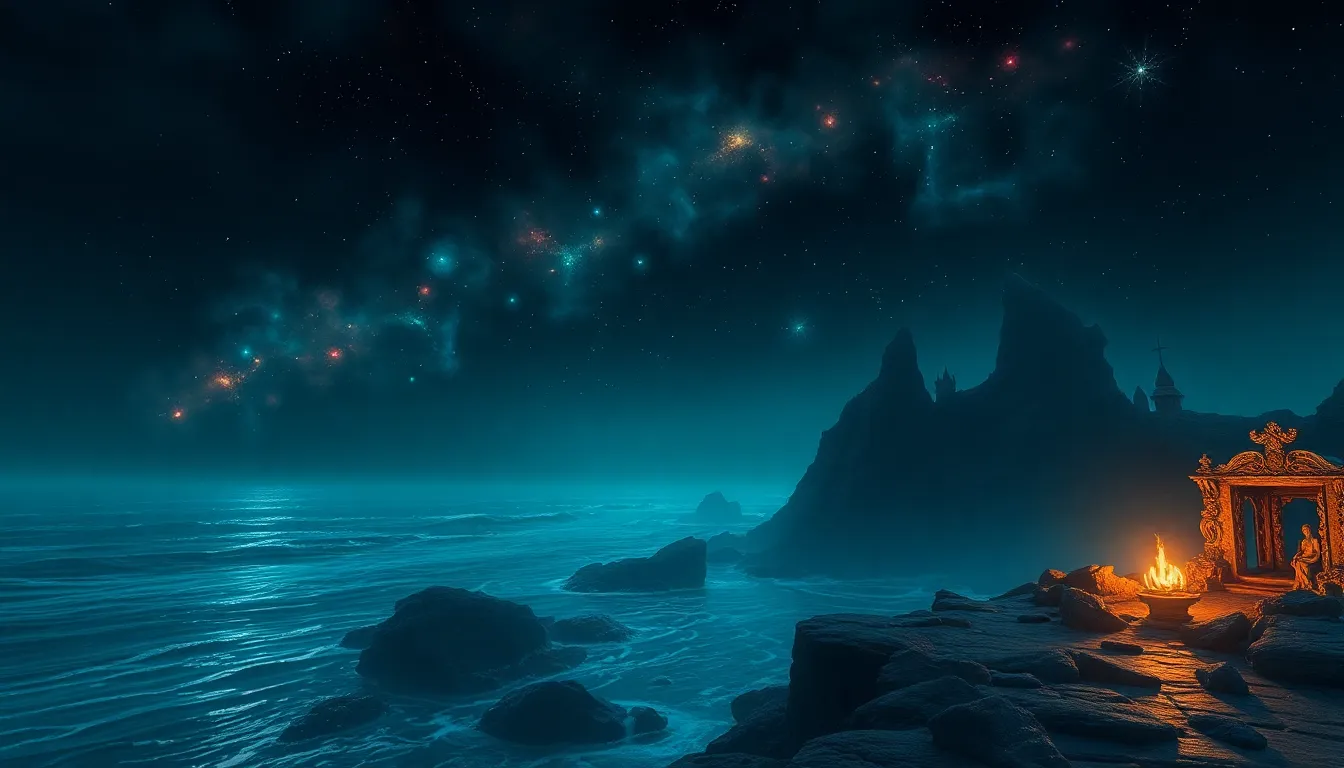Exploring the Underworld in South American Mythological Beliefs
The underworld, a realm below the earth's surface, holds a significant place in the mythological beliefs of South American indigenous cultures. Often characterized by darkness, coldness, and the presence of spirits and deities, the underworld plays a fundamental role in indigenous cosmology, influencing rituals, beliefs about death, and the understanding of the natural world.
The Underworld in Andean Mythology
In the Andean region, the underworld is associated with the deity Supay. Believed to reside deep within the earth, Supay is often depicted as a powerful and feared being associated with death and the underworld. Pachamama, the revered earth goddess, is also closely linked to the underworld, as she is believed to control the fertility and abundance of the earth, including the resources found beneath its surface.
The Guarani Underworld
The Guarani people of southern South America believe in an underworld known as Ñande Ru. Described as a vast and gloomy realm, Ñande Ru is believed to be the abode of the dead and is inhabited by spirits and deities. According to Guarani mythology, the underworld consists of seven caves, each representing a different level of consciousness or existence.
The Mapuche Underworld
The Mapuche people of central and southern Chile and Argentina envision the underworld as Wenu Mapu, a dark and cold realm located below the earth. In Mapuche beliefs, Wenu Mapu is the dwelling place of the dead and is inhabited by powerful spirits, including ancestors who continue to influence the lives of the living.
The Amazonian Underworld
In the Amazonian rainforest, the underworld is often associated with the Yurupari, a mythical serpent deity associated with creation, fertility, and the underworld. Shamanic rituals and beliefs in the Amazon frequently involve journeys to the underworld, where shamans communicate with ancestral spirits and seek knowledge and healing.
The Underworld in Patagonian Mythology
The Tehuelche people of Patagonia believed in an underworld known as Sho'lten, a dark and mysterious realm located beneath the earth. Sho'lten was believed to be the abode of deceased ancestors, spirits, and powerful deities. The Mapuche people of Patagonia also have an underworld, known as Ngurru Tralka, a cold and desolate place inhabited by malevolent spirits and creatures.
Shared Beliefs about the Underworld
Despite the diversity of indigenous cultures in South America, certain shared beliefs about the underworld emerge. Darkness and coldness are common descriptors of the underworld across cultures, suggesting a realm of mystery and unknown. Demons and spirits are often associated with the underworld, embodying the dangers and fears that accompany death and the unknown.
The Role of the Underworld in Rituals
In South American indigenous cultures, the underworld plays a significant role in rituals and ceremonies. Shamanic journeys often involve descents into the underworld, where shamans communicate with spirits and ancestors, seek knowledge and healing, and guide the spirits of the deceased. Death rituals also involve beliefs about the underworld, as indigenous cultures navigate the transition of the deceased into the realm of the dead and seek to ensure their safe passage.
Modern Interpretations of the Underworld
Contemporary interpretations of the underworld in South American mythology often draw connections to ecological and political symbolism. The underworld can symbolize the hidden depths of the natural world, representing the mysteries and resources that lie beneath the surface. It can also serve as a metaphor for political oppression or marginalized voices, representing the hidden struggles and challenges faced by indigenous cultures in the modern world.
Conclusion
The underworld in South American mythological beliefs holds a profound significance for indigenous cultures. As a realm of darkness, spirits, and the deceased, it represents the unknown and the hidden depths of existence. Through rituals, beliefs, and modern interpretations, the underworld continues to shape the understanding of death, the afterlife, and the interconnectedness of the natural and spiritual worlds in South American cultures. Its enduring influence testifies to the rich mythological heritage of the indigenous peoples of South America and the enduring power of storytelling and myth in shaping human beliefs and experiences.
Frequently Asked Questions
-
What is the purpose of the underworld in South American mythology?
- The underworld serves various purposes in South American mythology, including the abode of the dead, a realm of powerful spirits and deities, and a source of mystery and danger associated with death and the afterlife.
-
How do indigenous cultures access the underworld?
- Shamanic journeys, rituals, and ceremonies often involve symbolic or spiritual descents into the underworld, where individuals seek communication with spirits, knowledge, healing, or guidance for the deceased.
-
What is the significance of the underworld in modern South American culture?
- Contemporary interpretations of the underworld draw connections to ecological and political symbolism, representing the hidden depths of the natural world, marginalized voices, and the challenges faced by indigenous cultures in the modern world.




